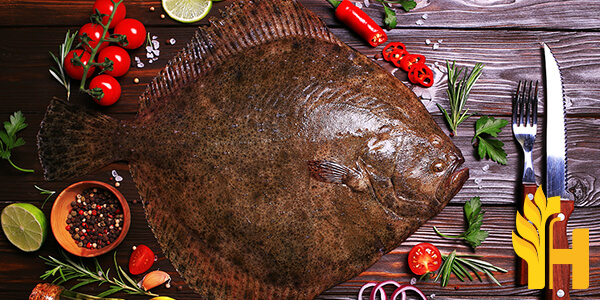Sole price

Where to buy and sell Sole, lowest (cheapest) and highest price.
check offers buy sell SoleToday price for SoleSole wholesale prices 2022
The Current commodity price of Sole per kg, pound in the world in the global markets
whole sole with skin frozen
Price range: 8.75 - 12.5 EUR / 1 kg | Market: Mercamadrid | Date: 2025-06-12
whole sole with skin frozen
Price range: 8.75 - 12.5 EUR / 1 kg | Market: Mercamadrid | Date: 2025-06-09
whole sole with skin frozen
Price range: 8.75 - 12.5 EUR / 1 kg | Market: Mercamadrid | Date: 2025-03-06
whole sole with skin frozen
Price range: 8.75 - 12.5 EUR / 1 kg | Market: Mercamadrid | Date: 2025-03-03
Sole
The sole is a flatfish of the family Soleidae. It is a demersal fish that lives on soft, silty bottoms at depths of up to 100 m. Its native habitat is the temperate waters of the northeastern Atlantic, from Iceland and the Barents Sea southward to the Bay of Biscay and Western Sahara. It has a silvery speckled appearance with a dark back and grows to an average length of 45 cm (18″). The maximum length ever recorded was 105 cm (41″). The lower side is pale yellowish or brown, speckled with white and darker patches below the lateral line. The top side is uniformly grey-brown above and lighter below. A dark blotch at the end of the spinous dorsal fin distinguishes it from more rounded flatfishes such as plaice. The English name is thought to be derived from the French sole, which itself comes from Latin solea. The scientific name of the sole in both Greek and Latin means "moon". It is a very popular fish and a food item of great economic importance. The most numerous species in the genus Solea are generally known as common soles, which is an example of how the same common name can be understood differently by non-specialists. In general, soles refer to several flatfish from the family Soleidae that are considered prime fish for eating, and other fish called soles are not always from the family Soleidae. The sole is similar to other flounders in having both eyes on its upper side. Also like most other flounders, the lower side is camouflaged. It lies on the sandy seabed of the coastal waters at depths down to about 100 m and lives as long as seven years. It feeds on invertebrates such as crabs, prawns, and shrimps, as well as small fish and squid. The sole is a flatfish of the family Soleidae. They live in temperate and tropical seas, living on soft, silty bottoms at depths of up to 100 m. Their native habitat is the temperate waters of the northeastern Atlantic Ocean from Iceland and the Barents Sea southward to the Bay of Biscay and Western Sahara. They have a silvery speckled appearance with a dark back. The sole is similar to other flounders in having both eyes on its upper side. Also like most other flounders, the lower side is camouflaged. It lies on the sandy seabed of the coastal waters at depths down to about 100 m and lives as long as seven years. It feeds on invertebrates such as crabs, prawns, and shrimps, as well as small fish and squid.Global sole production
In 2014, the world's fish production reached a new record high of 158 million tonnes. This was due to increases in aquaculture and capture fisheries. China was the biggest producer of fish, accounting for more than one-third of the total global production. Other major producers included India, Indonesia, Viet Nam, Bangladesh, the United States of America, Japan, and Peru. Aquaculture, or fish farming, continues to grow at a rapid pace and now accounts for more than half of the fish produced globally. China is by far the largest producer of farmed fish, with a production of more than 80 million tonnes in 2014, followed by India (5.8 million tonnes) and Bangladesh (3.1 million tonnes). Sole fish global production is estimated to be around 2.5 million tonnes per year. The main producing countries are China, Peru, Chile, Indonesia, and Vietnam. China is the largest producer of sole fish, with an estimated production of 1.2 million tonnes in 2016. The vast majority of sole fish that is produced globally is used for human consumption. In many cultures, sole fish is considered to be a delicacy and is often served in high-end restaurants. Sole fish is also commonly used in fish and chips shops across the United Kingdom. The global demand for sole fish has been growing in recent years, due largely to the increasing popularity of seafood in general. This has led to an increase in prices for sole fish, which has in turn led to more fishermen and fish farms trying to meet this demand. As the demand for sole fish continues to grow, it is important that sustainable fishing practices are put in place in order to ensure that the populations of sole fish are not adversely affected.Download our new
Husfarm App
Stay up to date with the current prieces of agricultural products all over the world.
Do you want to sell agricultural products?
Are you an Agricultural processor looking for high-quality products to buy?
Post an ad for FREE!
